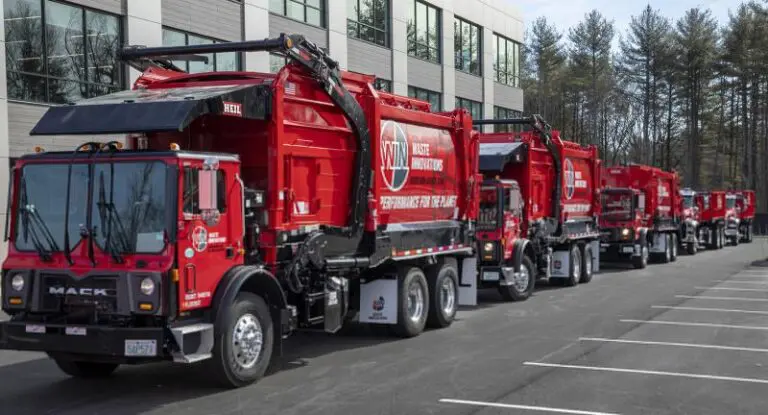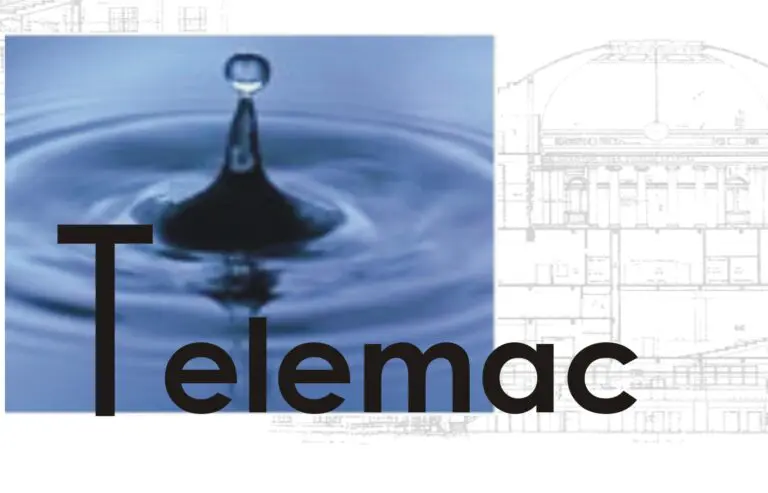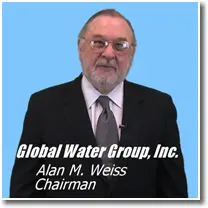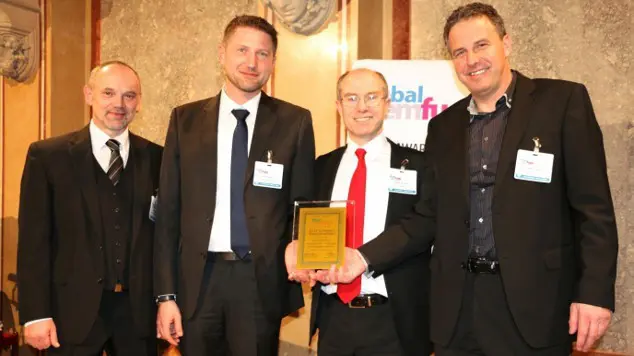Kansas City, MO (PRWEB) November 23, 2009
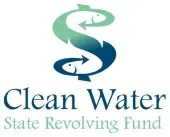 Under the American Recovery and Reinvestment Act of 2009, which was signed into law in February, an unprecedented $ 4 billion will be awarded to fund wastewater infrastructure projects across the country. The Recovery Act funds go into the Clean Water State Revolving Fund program and are distributed in the form of low-interest loans and grants. This infusion of funds is helping state and local governments finance needed improvements to wastewater infrastructure while creating jobs.
Under the American Recovery and Reinvestment Act of 2009, which was signed into law in February, an unprecedented $ 4 billion will be awarded to fund wastewater infrastructure projects across the country. The Recovery Act funds go into the Clean Water State Revolving Fund program and are distributed in the form of low-interest loans and grants. This infusion of funds is helping state and local governments finance needed improvements to wastewater infrastructure while creating jobs.
The impact of these projects on local communities is evident in Pensacola, Florida, where a 73-year-old wastewater treatment plant damaged by Hurricane Ivan in 2004 is being replaced by the 20-million-gallons per day Central Water Reclamation Facility (CWRF). “The outdated plant in the city’s downtown area is within100 yards of Pensacola Bay,” noted Tnemec coating consultant Robert Crumbaugh. “Every time there was a hurricane, the plant would flood and the city would end up with a health hazard from the surface-water discharge of untreated sewage and the loss of wastewater treatment. The storm surge and saltwater accompanying Hurricane Ivan reduced the service life of the plant by an estimated 10 years.”
With monies from the State Revolving Fund, the Federal Emergency Management Agency (FEMA), and local and state sources, construction of the new CWRF was started in 2007 and is now nearing completion. Located 25 miles north of Pensacola, the new plant is well above the Category 5 hurricane flood elevation and buffered from its nearest residential neighbors. According to the Emerald Coast Utilities Authority which owns the new facility, the CWRF is the largest public works project in Escambia County’s history.
In addition to its environmental benefits, the CWRF is projected to contribute $ 320 million to the northwest Florida region. This summer, more than 184 employees were on payroll for the project, which retained the services of more than 103 suppliers and contractors. The opportunity also exists for reclaimed water from the facility to be used by International Paper Company for a wetland system located in the Perdido watershed of Escambia County, as well as in the cooling towers of the James F. Crist generating plant in northeast Pensacola.
Throughout the new facility, 21st century technology is being used to eliminate odors, while lowering plant operation and maintenance costs. Chemical scrubbers were installed at screening, grit removal and biosolids handling areas to eliminate noxious odors and high-performance protective linings were specified to prevent the deterioration of concrete in critical wastewater structures throughout the facility. Nearly 23,000 gallons of protective coatings from Tnemec were specified for use on two 10-million-gallon reject storage tanks, dual chlorine contact chambers, sludge tanks, and lift stations. The coating system used on all of these structures consisted of Series 218 MortarClad, an epoxy-modified, cementitious resurfacer (see accompanying article) and a topcoat of Series 436 Perma-Shield® FR, a fiber-reinforced, thick film, 100 percent solids, modified polyamine epoxy liner.
The superior physical strength provided by the fiber reinforcement of Perma-Shield FR prevents the coating film from cracking on the prestressed concrete reject storage tanks, which are used to retain effluent that is unacceptable for discharge from the water reclamation facility. Inadequately treated effluent is diverted to these tanks and ultimately sent back to the CWRF for re-treatment. “Perma-Shield FR was applied at 100 to 125 mils DFT to maximize the lining’s tensile and flexural strengths,” Crumbaugh noted.
Crom Corporation of Gainesville, Fla., was the tank builder and Universal Painting of Lakeland, Fla., was the coating contractor for the reject tanks. Crom was also the tank builder for the CWRF’s sludge tanks and lift stations.
Perma-Shield FR was also specified at 50 to 70 mils DFT for the chlorine contact chambers because of its chemical resistance properties. In these concrete chambers, disease-causing organisms commonly found in wastewater are killed when they come into contact with chlorine at sufficient concentrations. Mansfield Industrial in Pensacola was the coating contractor for the chlorine contact chambers.
The engineering team for the project was Baskerville-Donovan, Inc. and Hatch-Mott MacDonald which have offices in Pensacola. The Emerald Coast Utilities Authority was originally founded as the Escambia County Utilities Authority in 1981 as a local governmental body to provide sanitation, water and wastewater services. The new name was adopted in 2004.
###
![]() ©Copyright 1997-
©Copyright 1997-
, Vocus PRW Holdings, LLC.
Vocus, PRWeb, and Publicity Wire are trademarks or registered trademarks of Vocus, Inc. or Vocus PRW Holdings, LLC.
Related Sludge Treatment Press Releases



